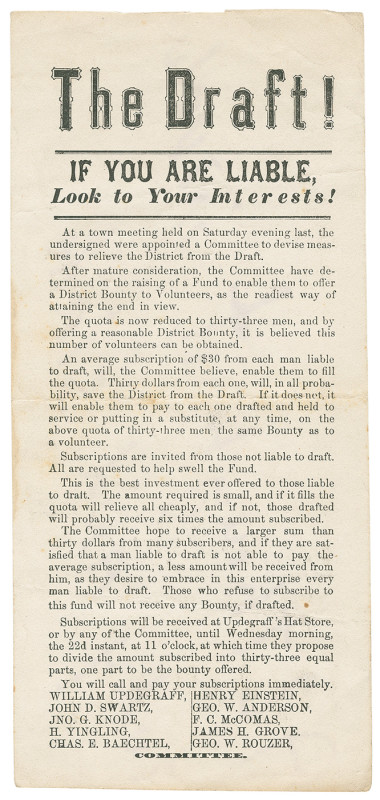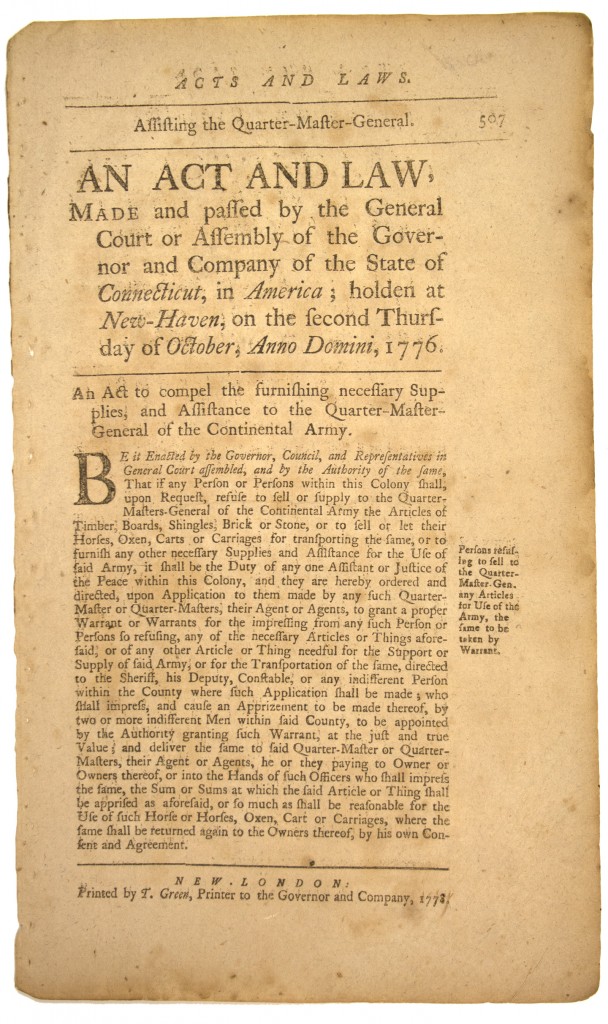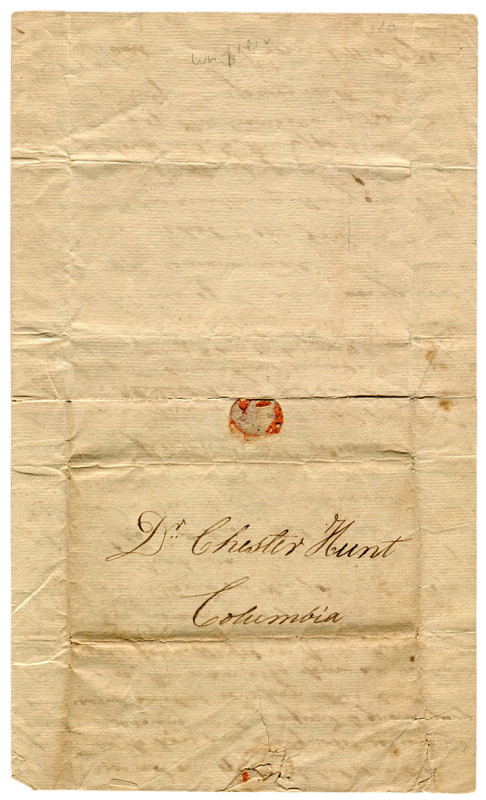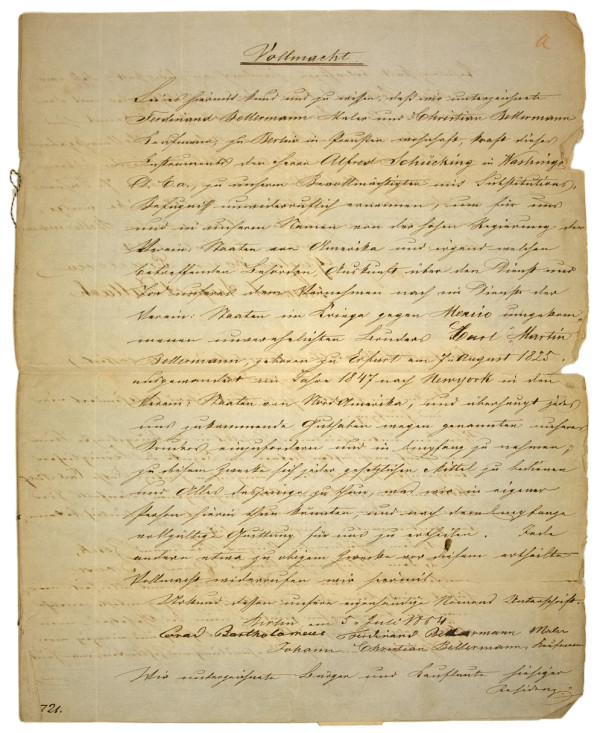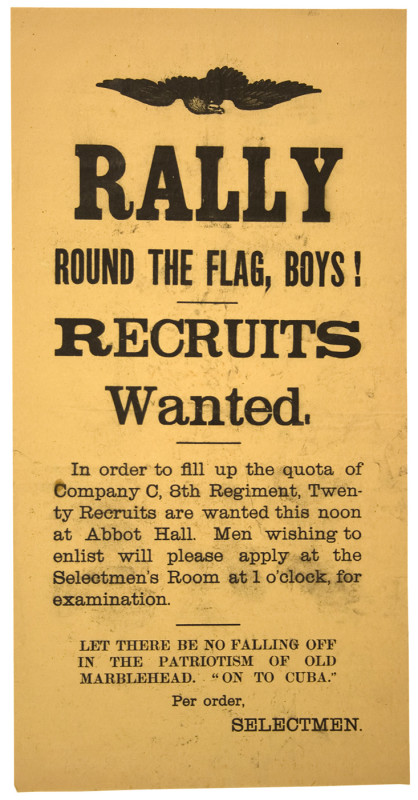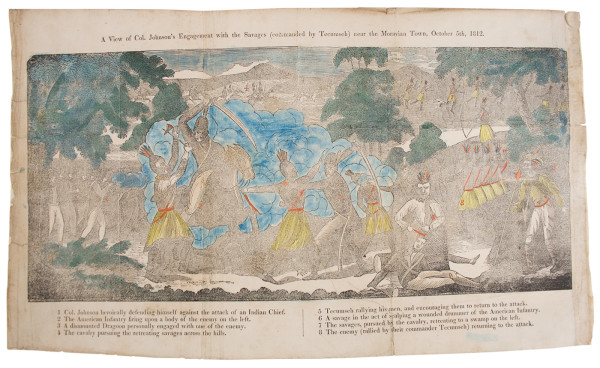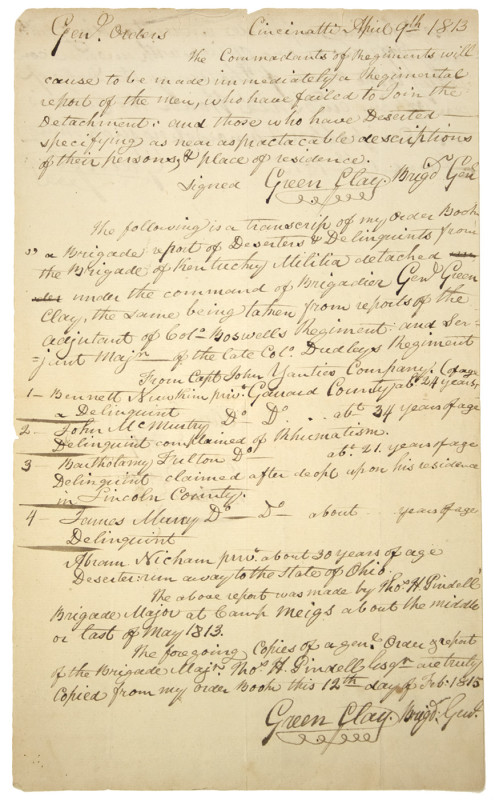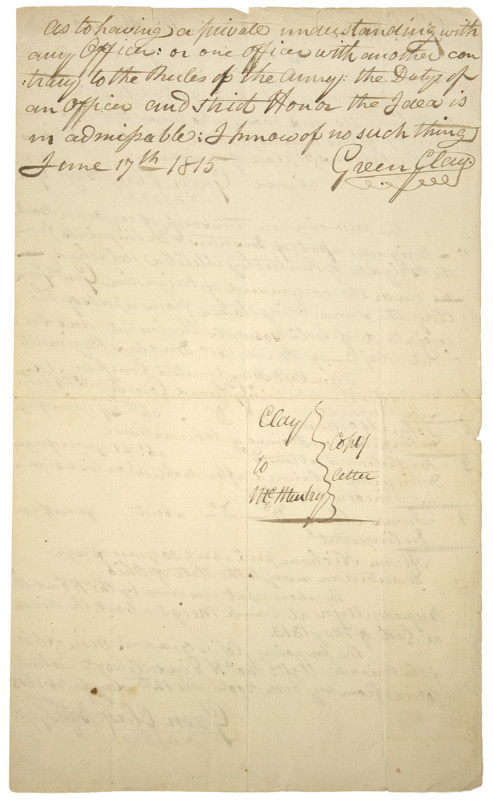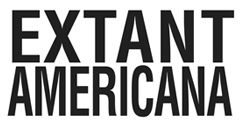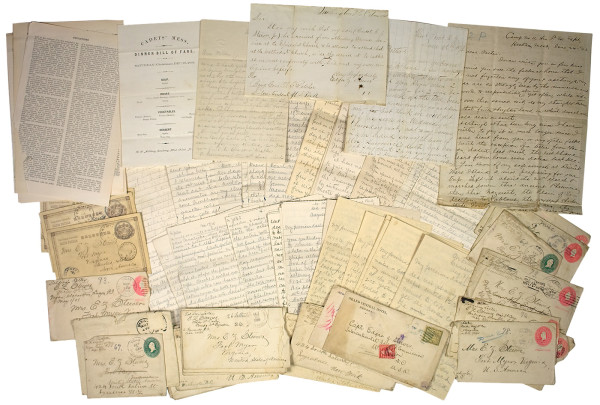
(Spanish American War: Philippine Insurrection) A superb correspondence of 34 letters, 160 pp. (approx.) together with 23 transmittal envelopes from Maj. Edgar Zell Steever addressed to his wife between 7 August 1899 to 16 January 1902 describing his tour of duty suppressing the Philippine Insurrection.The correspondence is quite detailed and includes a good narrative of his ocean journey from Seattle to the Philippines with stops at Dutch Harbor, Alaska as well as Kobe, Japan.
The balance of the correspondence, which runs from October 1899 to January 1902 covers his service in the Philippines and is extremely detailed. It reads, in very small part: “[22 Oct. 1899:] One of the first things that struck of the officers of our regiment on arrival in the Philippines, was the large no. of officers holding down chairs in Manila. The city seems full of them, detached from their regiments. The officers at the front call all the officers in Manila ‘coffee-coolers,’ a term of derision applied to a soldier who stays in the rear when his place is at the front… [11 January 1900] “…I wrote you in my last that I was going out on a little scout for insurrectos … got started at 3.30 & marched north to Santo Domingo … before daylight … detailed … advance guard … to trot ahead until near the town, then to take the walk & make as little noise as possible, to enter the town, post guards at all the outlets, so no one could get out, arrest the presidente & another man to act as guides & then on my arrival, I would take them to show me the road leading to … where the insurrectos were said to be. It had been reported to me that Capt. Estanislao Reyes & 200 insurgents were located at a little place called Lavingen, 3 kilometers to the east of Santo Domingo … The presidente said there were no insurrectos in the neighborhood & that there was no such place as Laoingen: nevertheless, I made him get his caballo (pony) & with his chief of police, accompany me … passing thro’ a number of villages out finding no trace of the insurgents… everything looked peaceful & tranquil … as soon as insurrectos come into a neighborhood & there is a probability of a conflict with the Americans, the natives skip out & hide in the brush or the mountains … We cannot get any reliable persons to locate the insurrectos. The natives are …cowards except they have everything their own way. A native well disposed towards the Americans, is afraid to tell anything, for fear some devil may cut his throat the next night. So it goes… [23 January 1900] … had a fight with the insurgents, who were strongly intrenched on the top of Monte de Bimmuaya & other mountains. They had the strongest position that any force has occupied since our war over here has begun. Monte de Mimmuaya is more than twice as high has the Rock of Gibraltar & more difficult of ascent. I make this statement knowingly because I have ascended both & know whereof I speak. No less than 12 different lines of entrenchment’s were upon Bimmauya & the adjacent mountains & yet strange to say, I forced the Insurrectos out of their position by our fire & sending our flanking parties, so they retreated during the night. The combat opened at 11.25 A. M. & continued all afternoon until dark with occasional firing until midnight. I had one man, private George Mitchell, of E troop 3 Cavalry, killed & one horse belonging to L troop … The Presidente of the Province told me last night that I had killed & wounded 59 Insurrectos. I had with me 2 Maxim – Nordenfelt guns & they did fine work. [30 January 1900] … You say people remark that the War is over. Don’t you believe it. The people over here are going to keep up an irregular warfare just as long as the many evil – disposed persons remain alive … before our troops can close in upon them, the natives scatter hide their arms, put on peasant clothes & cannot then be distinguished from any of the other ‘amigos’ of the country. At first opportunity, the gather again at a specified rendezvous & then we have another job on hand to clean them out. … [19 February 1900] In my opinion, these insurrectos will keep up a guerrilla warfare almost indefinitely, certainly until the leaders, such as Aguinaeno, Tinio, Pio de Palar, & c have been captured or killed… [3 March 1900] … one native is exactly like the others, & unless an officer personally knows by sight an Insurrecto … For Instance, General Tinio might come up & engage in a Spanish conversation with me & I would be none the wiser, for he would have the same race characteristics as the other people we find out here … We treat these people too leniently, mercy, mildness, fair dealing toward them, are only considered signs of weakness. As a rule, the Filipino is a coward at heart, but is so extremely treacherous that if a good opportunity occurs to jab a knife in your back… “ [7 December 1901] …Yesterday I received a telegraphed order to proceed to San Fernado dela Union, to command my squadron & to day I am busy trying to pack up. This involves a march overland of about 135 to 140 miles… For many reasons I shall be sorry to leave Laoag[?], for I rather like the place & find that the people here are more cordial than in any other town in which I have been. The climate is cooler of course, only a trifle, but still the trifle counts…” Much more fine content.
Letters bear the expected folds with minor marginal wear, overall very good to fine.
(EXA 4071) SOLD.


